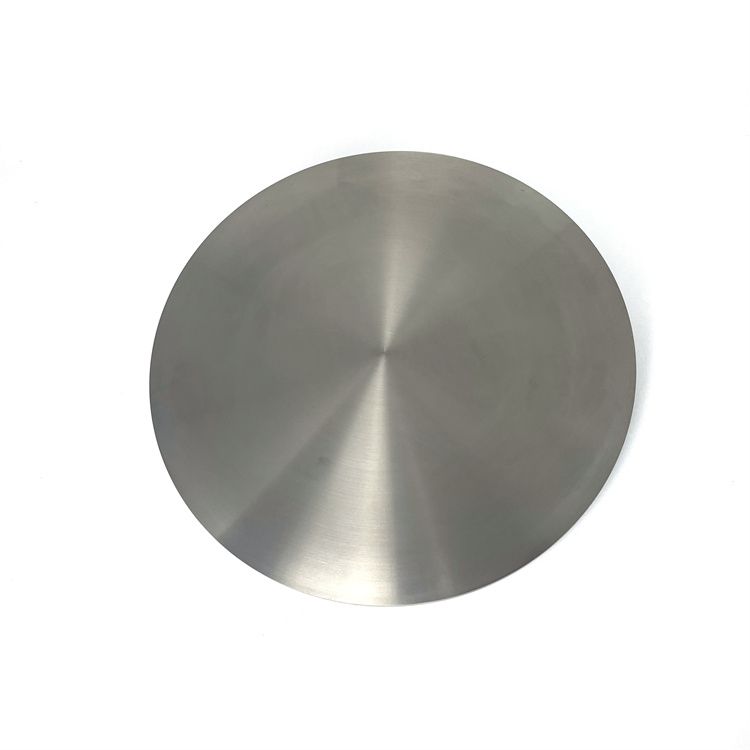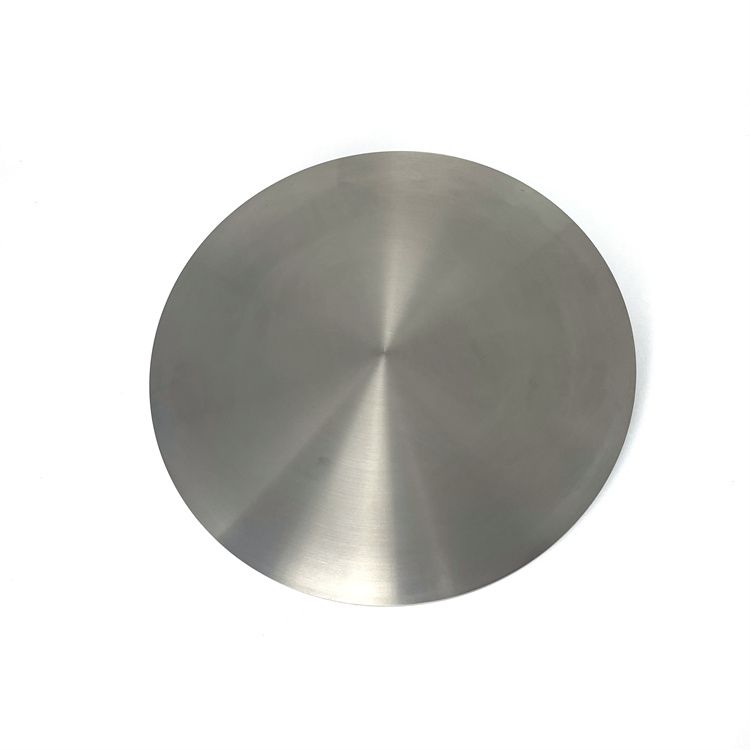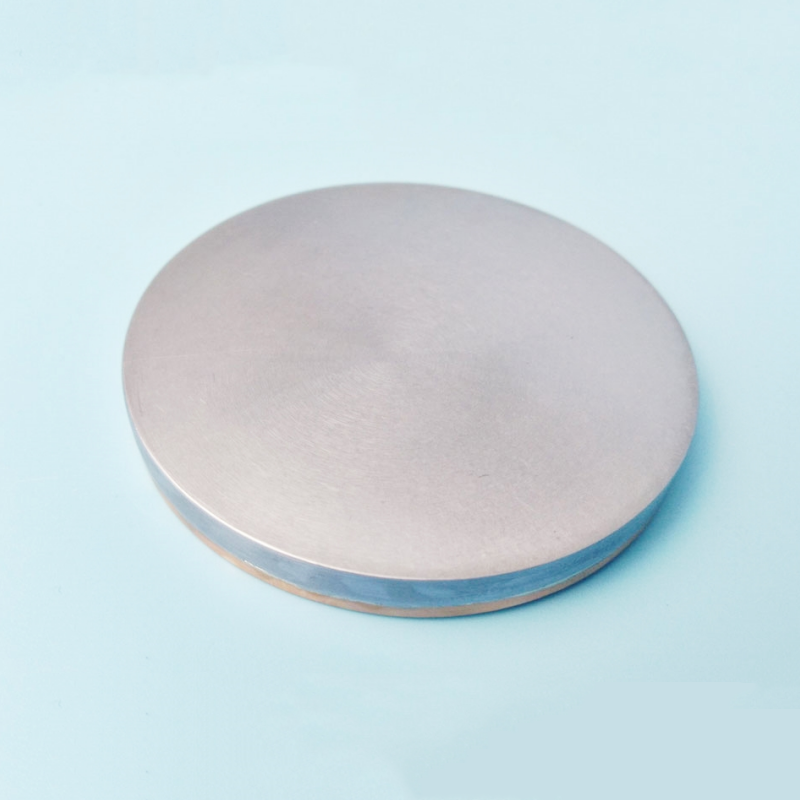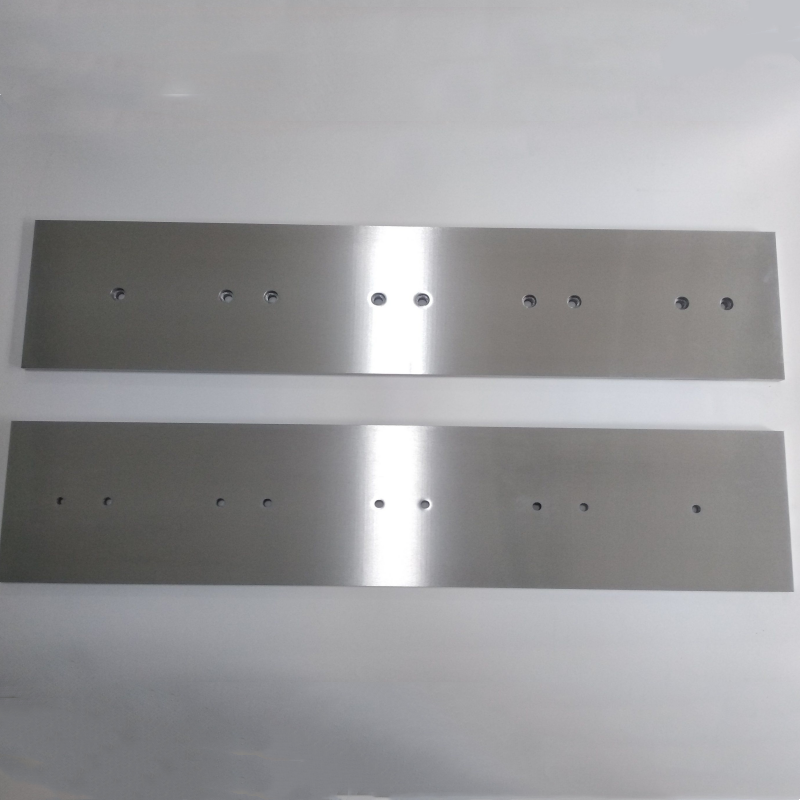Copper-chromium intermediate alloy (CuCr10) is a high-performance metallurgical material known for its exceptional electrical conductivity, mechanical strength, and wear resistance. The addition of chromium enhances corrosion protection, thermal stability, and oxidation resistance, making it ideal for aerospace components, electrical contacts, industrial coatings, and precision manufacturing. Copper-chromium alloy plays a crucial role in advanced metallurgy, sustainable engineering, and high-performance applications.
Product Overview
Copper-chromium intermediate alloy (CuCr10) is used to add chromium elements during the smelting of copper alloys. The addition of chromium significantly improves the strength, hardness, and wear resistance of the copper alloy, while also enhancing its corrosion resistance. This alloy is suitable for copper alloys that require higher temperature resistance, corrosion resistance, or increased strength, and is widely used in the production of high-performance alloys.
Key Features
- Increases the strength, hardness, and wear resistance of copper alloys.
- Enhances corrosion resistance, improving the durability of the alloy.
- Increases high-temperature stability, making it suitable for use in high-temperature environments.
- Effectively addresses issues of copper alloy burn-off, high melting point, and difficulty in melting.
- Improves the performance of copper alloys and extends their service life.
Applications
- Copper Alloy Smelting:Used for adding chromium elements during the copper alloy smelting process to enhance the alloy’s mechanical properties.
- Non-Ferrous Metallurgy:Increases the strength, hardness, and corrosion resistance of copper alloys.
- High-Performance Material Manufacturing:Suitable for producing copper alloys with high strength and wear resistance.
- Aerospace:Enhances the stability and durability of copper alloys in high-temperature and high-pressure environments.
- Mechanical Manufacturing:Used in the production of high-strength, high-wear resistance copper alloy components.
 new material
new material








